By Todd Manley
With the driest year in memory, the water resources managers and landowners in the Sacramento Valley are working hard to serve multiple benefits throughout the region with limited water supplies. This has required all hands-on deck and creative management within the region as all surface water supplies have been significantly reduced, with hundreds of thousands of farmland acres idled throughout the region, urban suppliers working with their citizens to implement various conservation measures to reduce water use and there will undoubtedly be challenges for domestic groundwater wells. During a dry year, it is easy to develop a singular focus on impacts to a specific water use or even a single species. But, water managers in the Sacramento Valley are managing the resource to provide for as many beneficial uses as possible with extremely limited supplies and must look for opportunities, as well as trade-offs, that result from water management decisions.
In addition to working hard to serve water to cities, rural communities and farms, water resources managers throughout the region are creatively managing and making limited water supplies available to help ensure water for fish and wildlife as follows:
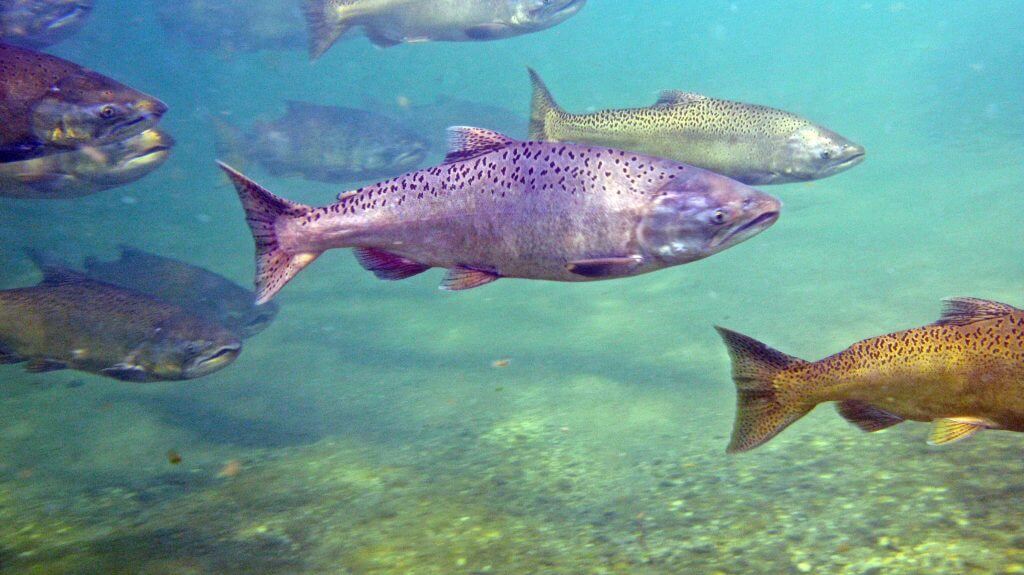
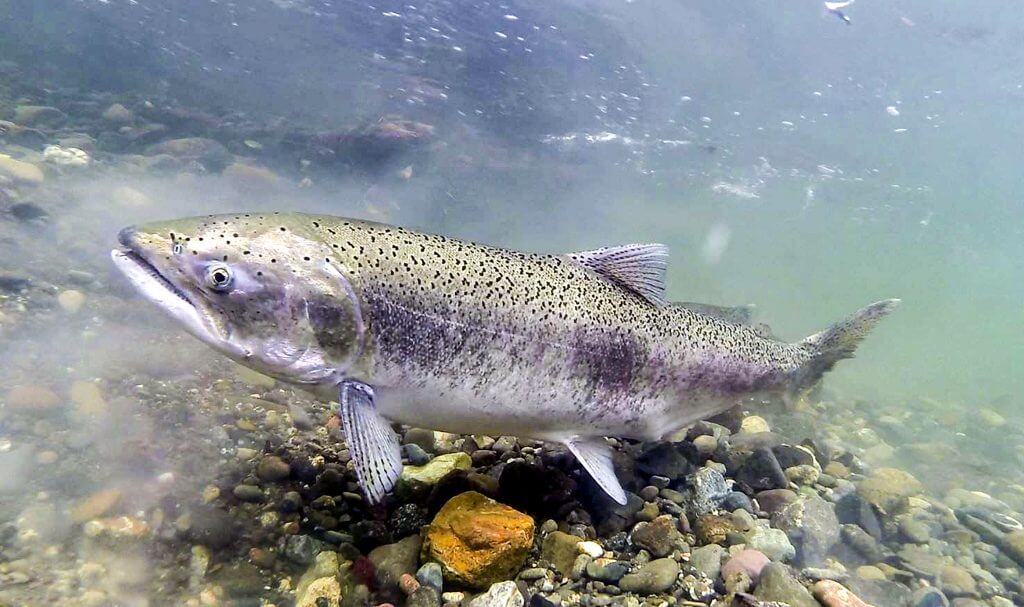
Salmon
In the upper parts of the system, water managers are managing precious water in reservoirs to preserve cold water pools and deploying release schedules from these reservoirs that will benefit incubating salmon, while also serving various other beneficial purposes downstream. Stretching every drop of limited water for all these purposes (“triple duty”) is critical to multi-benefit water management in dry years.
Additionally, water managers continue to work with various partners to implement the Sacramento Valley Salmon Recovery Program, which focuses on improving conditions for all life stages of salmon that are necessary for successful salmon recovery. This includes the efforts for improving spawning and rearing habitat in the upper reaches, the migratory corridors in the middle stretches and floodplain reactivation in the lower stretches of the river.
With respect to continuing Butte Creek Salmon Recovery, there are significant spring-run salmon returning to the creek this year, which is encouraging and shows the value and results when every life stage of salmon is addressed with a comprehensive recovery program. To help ensure successful migration and safety, local water managers are working closely with Ducks Unlimited, CalTrout and other partners to improve weir 1 in the Sutter Bypass and fish passage in Butte Creek during a dry year. There are similar measures underway on Deer and Mill Creek to ensure safe passage of spring-run salmon in those waterways.
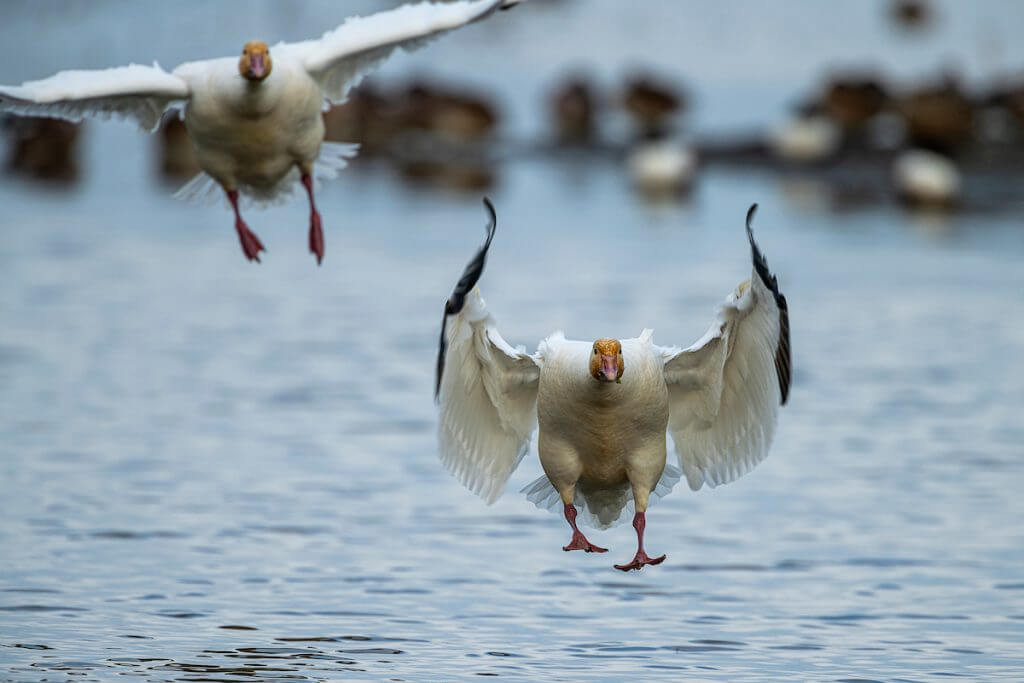
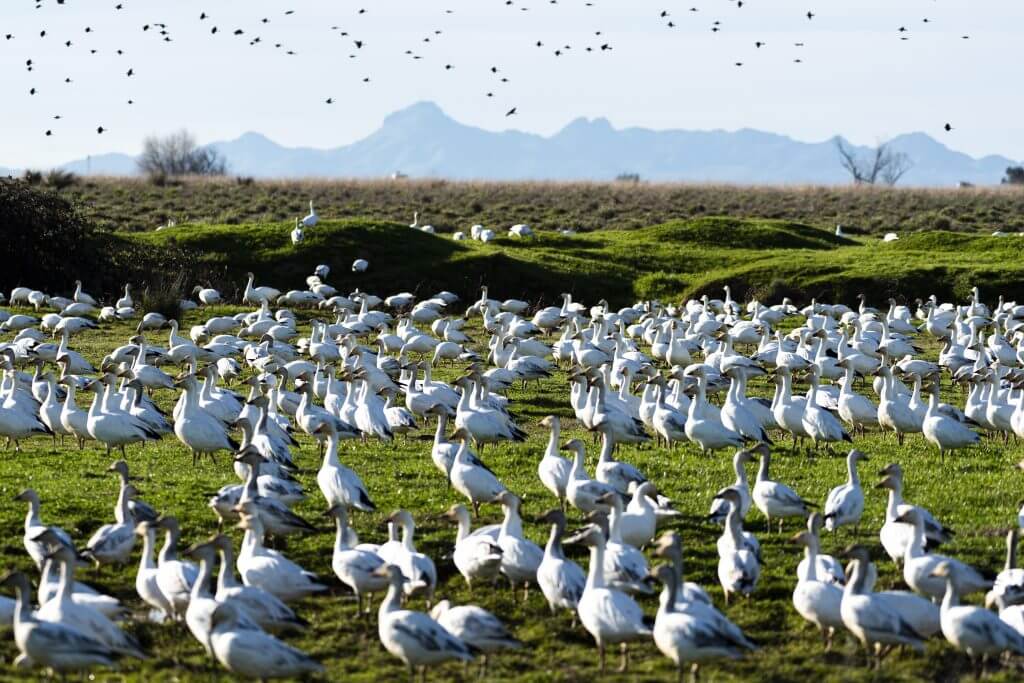
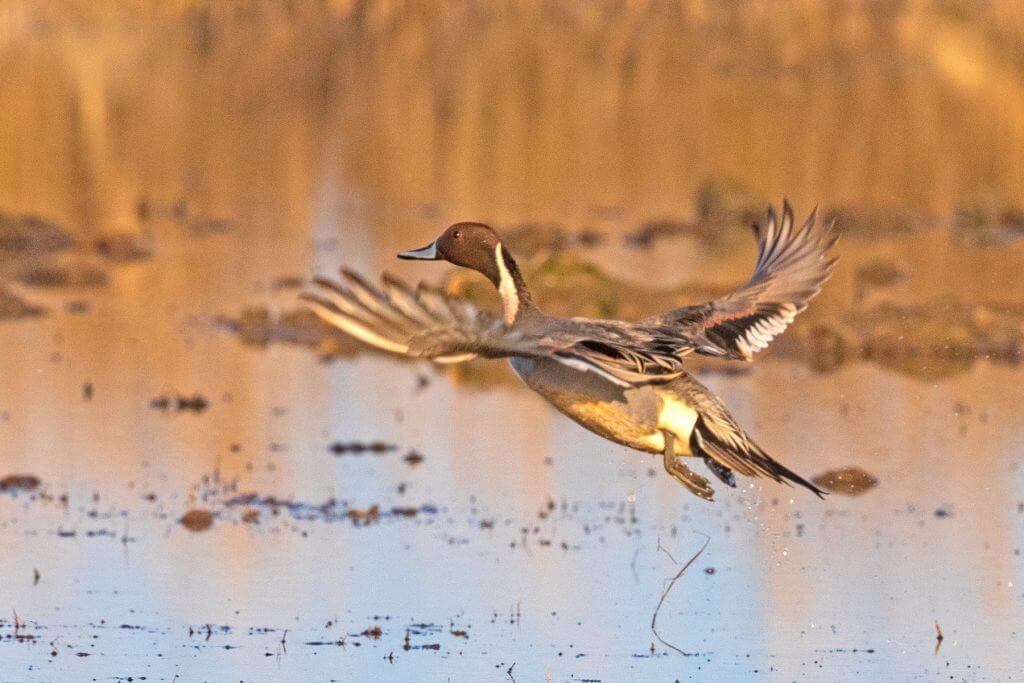
Birds and the Pacific Flyway
Water districts in the Sacramento Valley continue to deliver water to both our National Wildlife Refuges and state wildlife areas during the summer and fall, with similar reductions in their contract supplies as nearby farmland. Although there will be almost a hundred and fifty thousand acres (234 square miles) of idled ricelands as a result of both curtailments and helping manage water for cold water as described above, the remaining ricelands provide the critical food for birds and other species along the Pacific Flyway. The ricelands depend upon spring and summer water deliveries for the agronomic season and fall and winter deliveries for food and safe haven for birds and salmon. This year, with little water available in the fall, the water suppliers and landowners in the region are prepared to pump groundwater if we do not see fall precipitation. We appreciate that this initiative was prioritized in the recent Governor’s Emergency Proclamation (see paragraph 7).
This is going to be a difficult water management year in California. It is our hope that these proactive and collaborative efforts will help to maximize benefits for fish and wildlife, as well as farms and local communities.
For more information, please contact me at tmanley@norcalwater.org or visit our website, norcalwater.org.




